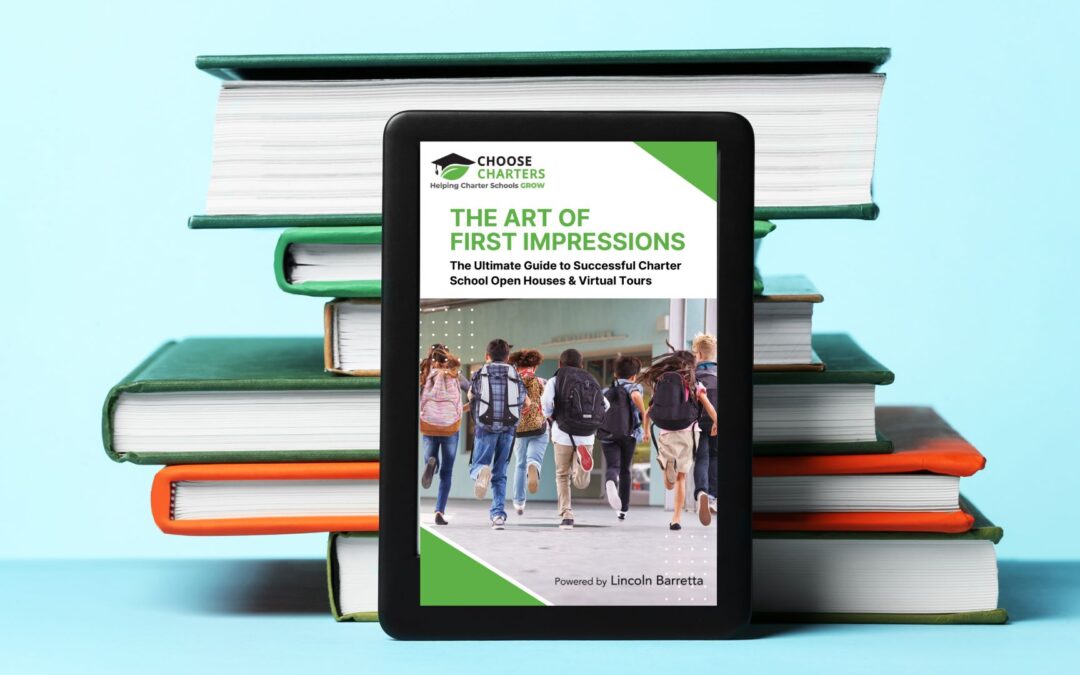
Capturing Success: A Guide to Crafting Compelling Visuals
Capturing Success: A Guide to Crafting Compelling Visuals
Captivating visuals are vital to capturing the attention of your audience and showcasing the unique essence of your charter school. From social media posts to digital ads, high-quality photos play a crucial role in conveying your school’s story and engaging prospective families.
As charter school leaders, mastering the art of photography is essential for effectively communicating your school’s values, achievements, and culture. In this guide, we’ll explore seven practical tips and strategies for taking optimal photos for your school’s social media and digital ads, ensuring that your visuals leave a lasting impression on your audience.
Define Your Story
Before you pick up your camera, take some time to define the story you want to tell through your photos. What makes your charter school unique? What values and attributes do you want to highlight? Whether it’s academic excellence, a vibrant school community, or innovative teaching methods, clarity on your school’s story will guide your photo-taking process and ensure consistency in your visual branding.
Focus on Composition
Composition is key to creating visually appealing photos that effectively draw viewers in and convey your message. Experiment with different angles, perspectives, and framing techniques to find the most compelling composition for each shot. Keep the rule of thirds in mind, and pay attention to elements such as symmetry, leading lines, and negative space to create balanced and visually dynamic images.
Lighting Matters
Good lighting can make or break a photo. Opt for natural light whenever possible, as it tends to be more flattering and creates a softer, more natural look. Avoid harsh overhead lighting or direct sunlight, which can cast unflattering shadows and wash out colors. If shooting indoors, position your subjects near windows or use soft, diffused lighting sources to create a warm and inviting atmosphere.
Capture Authentic Moments
Authenticity is essential to creating genuine connections with your audience. Instead of staging overly posed shots, focus on capturing candid moments that reflect the real experiences and emotions of your students, teachers, and staff. Whether it’s a spontaneous classroom discussion, a joyful recess scene, or a heartwarming interaction between students and teachers, authentic moments resonate with viewers and help humanize your school’s brand.
Showcase Diversity and Inclusivity
Diversity and inclusivity are core values for many charter schools, and your photos should authentically reflect these values. Ensure that your photos feature a diverse range of students, teachers, and staff from different backgrounds, cultures, and perspectives. Celebrate the richness of your school community and highlight the unique contributions of each individual.
Highlight Achievements and Milestones
Use photos to showcase your school’s achievements, milestones, and special events. Whether it’s academic awards ceremonies, sports victories, community service projects, or arts performances, visually capturing these moments reinforces your school’s commitment to excellence and success.
Edit Thoughtfully
While editing can enhance the overall look of your photos, it’s important to use editing tools judiciously and maintain the integrity of your images. Focus on subtle adjustments to brightness, contrast, saturation, and sharpness to enhance the visual appeal of your photos without veering into artificial or overly processed territory. Aim for a consistent editing style to maintain a cohesive visual identity across all your photos.
By incorporating these tips and strategies into your photography workflow, you can elevate the quality of your school’s visual content and create compelling photos that resonate with your audience.
Remember, photography is not just about capturing images — it’s about telling stories, evoking emotions, and inspiring action. With a keen eye for composition, an understanding of your school’s story, and a commitment to authenticity, you can craft visuals that capture the essence of your charter school and leave a lasting impression on your audience.
Capture success one photo at a time, and let your visuals speak volumes about the remarkable journey of your charter school!
Need help using your school’s photos to enhance your student recruitment efforts? Schedule a FREE 1:1 Strategy Session with a student recruitment expert today: https://choosecharters.com/schedule/




